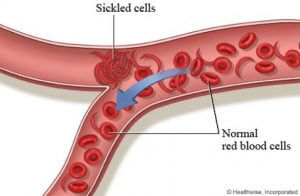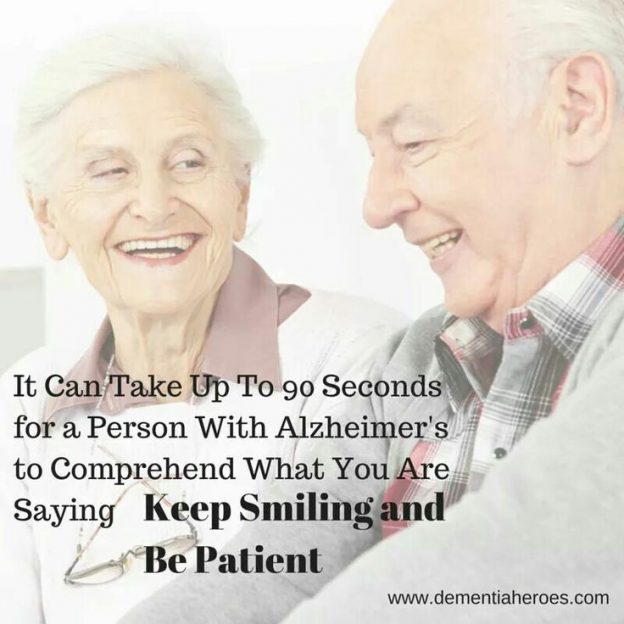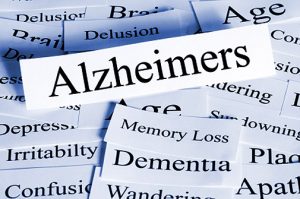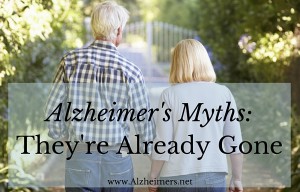
By: Partha S. Sahana
In recent years, vaccinating children has become a hot topic in the world. Celebrities, doctors, homeopaths, and parents all have different opinions on whether children should be vaccinated, and if so, how often. In the last 10 years, the rate of parents refusing to vaccinate their children has increased, with the rate of infectious diseases increasing along with it (Eby, 2017). One of the biggest problems surrounding the topic is vast amounts of misinformation.
So what is the truth behind this vaccine controversy?
MYTH: Vaccines cause autism
FACT: There is no scientific evidence that can prove a definitive link between vaccines and autism!
In 1998, an article was published by Andrew Wakefield in the Lancet paper that stated that the MMR (measles, mumps and rubella) vaccine contained toxic substances that went into the bloodstream, traveled to the brain, and caused children to develop autism (Gross, 2009). It was later determined that Wakefield had been paid by a company with a patent pending on a rival measles vaccine as well as acted unethically and participated in professional misconduct (Gross, 2009). While his paper was redacted and his findings were “debunked,” his paper created seeds of doubt that vaccines were unsafe and damaging to children.
Interesting research was done to determine if administration of the MMR vaccine showed an increase in instances of autism in children. Researchers decided to look to Japan for this information. In the span of 1989 to 1993, Japan vaccinated it’s population with the MMR vaccine. This time period is the only time in which Japanese people were vaccinated against the diseases. Theoretically speaking, if the MMR vaccine caused autism, then autism rates in Japan should have increased during the time period in which the Japanese were vaccinated. Upon studying data from before 1989 to the period between 1989 and 1993, there was no increase in the amount of people diagnosed with autism (Uchiyama, Kurosawa, Inaba, 2007). This study is just one of many that show there is no link or causation between vaccines and autism.
In one of John Oliver’s “Last Week Tonight” skits, he addresses some of the myths and issues surrounding vaccination with a twist of comedy. While he makes light of the topic, he brings up valid arguments and tries to relate the information to the viewer in a way they can understand. *Viewer discretion advised- some swearing*
MYTH: Vaccines contain harmful chemicals and carcinogens that can make my child sick
FACT: All vaccines except the flu shot are now made without thimerosal, one of the mercury-based ingredients that was a cause for concern. Even though the flu shot contains thimerosal still, Thimerosal-free versions also exist.
In 1997, the FDA was asked to measure the amount of ethylmercury (also known as thimerosal) used in vaccines. The study concluded that children were exposed to 187.5 micrograms of ethylmercury by the time they were 6 months old. At this time, there was no standard for the acceptable amount of ethylmercury a person could be exposed to. Ethylmercury is different from the typical mercury that we see in fish, that kind of mercury is call methylmercury. It was recommended as a precaution that all vaccines eliminate thimerosal as an ingredient, and as of March 2001, vaccines have been thimerosal-free (Gross, 2009).
The video below describes in detail some of the other preservatives or chemicals that are contained in vaccines that are a cause for concern to some parents such as formaldehyde and aluminum. The video explains why they are necessary to have in the vaccine as well as why they are harmless.
MYTH: Choosing not to vaccinate my child is no one’s business but mine.
FACT: There are many children and adults who are too sick or too young to receive vaccines who rely on every healthy child and adult to be vaccinated.
There are many children who may be too young to receive a vaccination against a certain disease, or that they have an illness that compromises their immune system. These children cannot get typical vaccinations and rely on what is called “herd immunity” to protect them from these infectious diseases. When a large percentage of the healthy population decides not to vaccinate their children, these unprotected individuals are put at risk (Gross, 2009). While every parent has the right to decide what is best for their child, when it comes to vaccines there is a bigger picture. The minute side effects of a vaccine are nothing compared to the illness or death that may result if a child is not vaccinated.
Below is a video which investigates how homeopaths view vaccination, as well as “alternative” vaccine treatments and how young children are susceptible to disease when people forgo vaccinations.
When trying to get information about vaccines or any other topic, be sure to look for people who have evidence to back up what they are saying. As you could see in the last video, the homeopaths and Isaac Golden do not have any clinical studies or research to support what they are claiming. Vaccines have been proven to be safe by copious amounts scientific research in various fields. Looking for scientific statements of fact is extremely important to weed through the misinformation.
References
Eby, A. (2017). Impacting Parental Vaccine Decision-Making. Pediatric Nursing, 43(1), 22-34.
Gross, L. (2009). A Broken Trust: Lessons from the Vaccine-Autism Wars. Plos Biology, 7(5), 1-7. doi:10.1371/journal.pbio.1000114
Uchiyama, T., Kurosawa, M., & Inaba, Y. (2007). MMR-Vaccine and Regression in Autism Spectrum
Disorders: Negative Results Presented from Japan. Journal Of Autism And Developmental Disorders, 37(2), 210-217.








